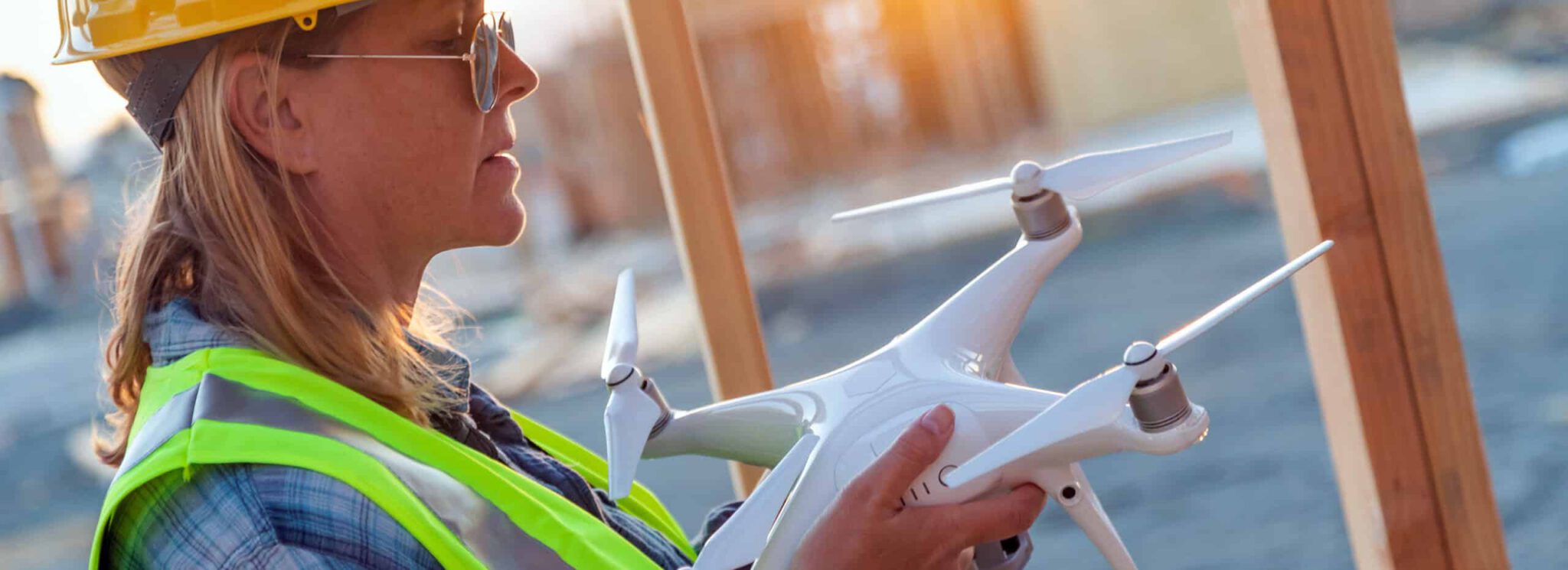The construction industry has changed little in terms of
advancements and technologies. That is, until now. A major revolution is
happening as new construction materials and construction automation start
showing up on construction sites.
Companies that start changing how they work will quickly
gain an advantage. Investing in construction automation now will put them ahead
of competitors. The new technology allows them to work faster, more
efficiently, and save time.
Data
from McKinsey and Company reveals construction labor productivity
lags compared to overall economic productivity. Furthermore, construction uses
the least amount of digitization out of all industries.
So what construction automation is here or coming that you
need to know about? Here are five.
1. Drones
One of the biggest causes for schedule overruns comes from
unexpected geological problems. For instance, discrepancies between early
survey estimates and actual ground conditions lead to expensive last-minute
project scope and design changes.
The latest drones can provide more accurate survey estimates
of geological conditions. They scan the working areas for potential hazards to
improve safety. Drone pilots can conduct site inspections without setting foot
on the building. This further increases safety, especially on large projects
like skyscrapers.
They also come in handy for inventory management. Typically,
surveyors use GPS coordinates to determine the quantity of materials. Drones
equipped with a camera and laser can count inventory in minutes for big labor
and time savings.
Unfortunately current legislative challenges limit the use
of drones. However, the future looks bright.
2. Robotics for Bricklaying and Repetitive Tasks
The average bricklayer can place about 500 bricks per day. A
robot
that lays bricks is another story. The Sami-Automated Mason, or SAM
from Construction Robotics, can handle 380 bricks in an hour. It’s designed to
be a collaborative robot in that it’s meant to work with the mason.
According to the company, SAM100 increases mason
productivity by 3 to 5 times and reduces lifting by 80 percent. Workers manage
the mortar and load SAM. Other repetitive automation includes a Robo-Welder
that welds steel columns. A Robo-Carrier transports supplies and heavy pallets
unmanned to where the company needs the material. Robots can also do
demolition, concrete recycling, and spool fabrication.
3. Internet of Things
One of the key benefits of the Internet
of Things (IoT) is it allows equipment and machines to connect and
communicate with each other. The same idea applies to construction in which
machinery, equipment, material, and structures can monitor productivity and
report updates. Sensors can track readings of locations, temperature, pressure,
and other conditions in real time. They can also signal machines to initiate an
action.
For example, smart structures with vibration sensors can act
as an early warning system by detecting and correcting deficiencies. Another
instance is a connected system that can predict when inventory runs low and let
site managers know when they need to order more supplies.
4. 3D Printing
3D printing is not new, but it’s going to do much more than
print small scale versions of construction buildings. For construction, these
printers will do massive jobs, unlike the microwave-sized printers people see
in a makerspace.
Apis
Cor, for one, has developed equipment for 3D printing that can print
walls, roofs, floors, electrical systems, and plumbing. The BOD, short for
Building on Demand, in Copenhagen is the first 3D-printed building in Europe. CyBe
produces 3D concrete printers that print mortar. 3D-printing will
speed construction, reduce errors and waste, and cut labor costs.
5. Remote Video Surveillance for Construction Site Security
Construction automation technology is expensive but will
deliver a quick return on investment by saving time, catching things earlier in
the process to prevent expensive fixes, and increasing safety. It’s also
important to have construction
site security to protect your on-site technology. You can achieve
that cost-effectively with remote video surveillance.
Another advantage of live video monitoring is that, because operators watch your property remotely, the liability risk that often accompanies on-site guards often goes away. Video monitoring technology acts as they eyes in watching the construction company’s equipment, tools, materials and site. It also costs 25-60% less than security guards.
Advances in construction automation help workers do their
jobs. Technology will not replace workers as the two will collaborate.
Together, they will revolutionize construction productivity and increase
safety.
If you’d like to learn more about construction security
solutions like video surveillance, please contact us.

